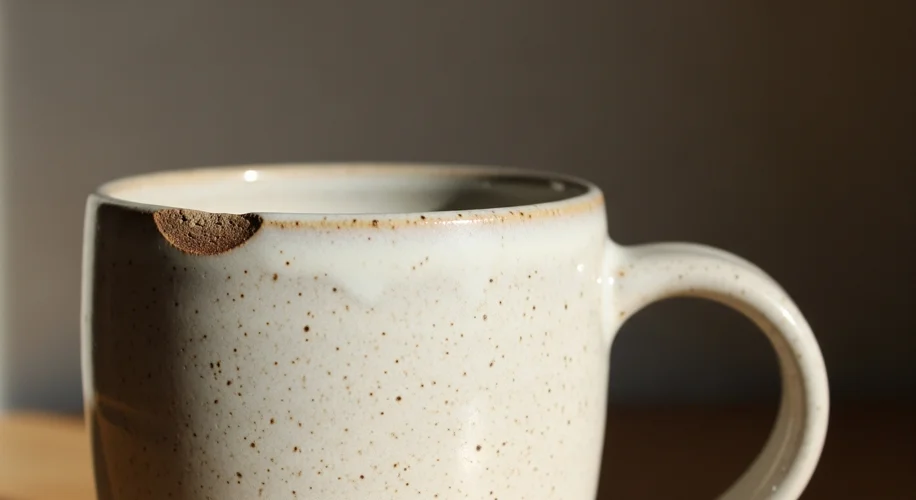Remember that feeling? The one where you’re knee-deep in a project—a painting, a sketch, or maybe even a DIY furniture flip—and you make a ‘mistake’? That paint drip you didn’t mean to make, the line that isn’t perfectly straight, or the unexpected texture that emerges? For years, those moments would send a chill down my spine. My graphic design background drilled perfection into me. Every pixel, every alignment, had to be just so.
But then I started my art practice, and slowly, a different kind of beauty began to reveal itself. It wasn’t about flawless execution anymore. It was about something deeper, something more human. This shift was largely inspired by a Japanese philosophy called Wabi-Sabi.
What Exactly Is Wabi-Sabi?
Simply put, Wabi-Sabi is the art of finding beauty in imperfection, transience, and simplicity. It’s about appreciating the natural cycle of growth and decay, the quiet dignity of age, and the charm of the handmade over the mass-produced. Think of an old, weathered wooden bowl with a chip, or a ceramic mug with an uneven glaze – Wabi-Sabi sees profound beauty in those ‘flaws’.
It’s not about sloppiness, by the way. It’s about recognizing that nothing lasts, nothing is finished, and nothing is perfect. And that’s okay. In fact, it’s often more beautiful and authentic than something designed to be flawless.
Bringing Wabi-Sabi Into Your Creative Flow
So, how does this translate to your own creative work, especially if you’re like me and used to striving for perfection?
- Embrace the ‘Happy Accident’: That unexpected brushstroke? The paint that dried a little differently than you thought? Don’t automatically see it as a mistake to be fixed. Sometimes, these unplanned elements add character, depth, and a unique story to your piece. My most popular prints often have a little smudge or an intentionally ‘rough’ edge that wasn’t planned.
- Let Go of the End Goal: We often have a very specific vision of the finished product. Wabi-Sabi encourages us to focus on the process, on the journey of creation itself. Enjoy the feel of the brush, the smell of the paint, the texture of the paper. When you release the intense pressure of a perfect outcome, you open yourself up to spontaneity and discovery.
- Appreciate Imperfection as Authenticity: Your handmade art isn’t meant to look like it rolled off a factory line. The subtle variations, the slight wobbles, the unique textures are what make it truly yours. It’s what makes it real. This is especially true for us who love affordable, unique art – we’re often drawn to pieces that clearly show the hand of the artist.
- Simplify and Subtract: Wabi-Sabi also values simplicity. Sometimes, less is more. Instead of adding more details, try taking some away. What’s the essential message or feeling you want to convey? Stripping back allows the inherent beauty of your materials and the core idea to shine through.
My Own Journey with Imperfection
I remember one time I was working on a series of abstract floral paintings. I was so focused on making each petal perfect, each leaf perfectly green. I ended up with paintings that felt stiff and lifeless. I was frustrated. So, I took a deep breath, grabbed a large brush, and just went for it on a new canvas, letting the colors bleed, letting the lines be organic and wobbly. The result? A painting with drips, uneven color patches, and shapes that weren’t perfectly defined. But it had a soul. It felt alive. It quickly became one of my favorites, and yes, it sold out fast in my Etsy shop.
That experience was a turning point. It taught me that sometimes, the most beautiful art emerges when we surrender control and allow the imperfections to tell their own story.
So, the next time you pick up a paintbrush, a pencil, or a piece of fabric, remember Wabi-Sabi. Give yourself permission to make a ‘mistake.’ You might just discover the most beautiful part of your creation was there all along, waiting to be appreciated.
What ‘imperfections’ have you grown to love in your own creative work? Share your thoughts below!

